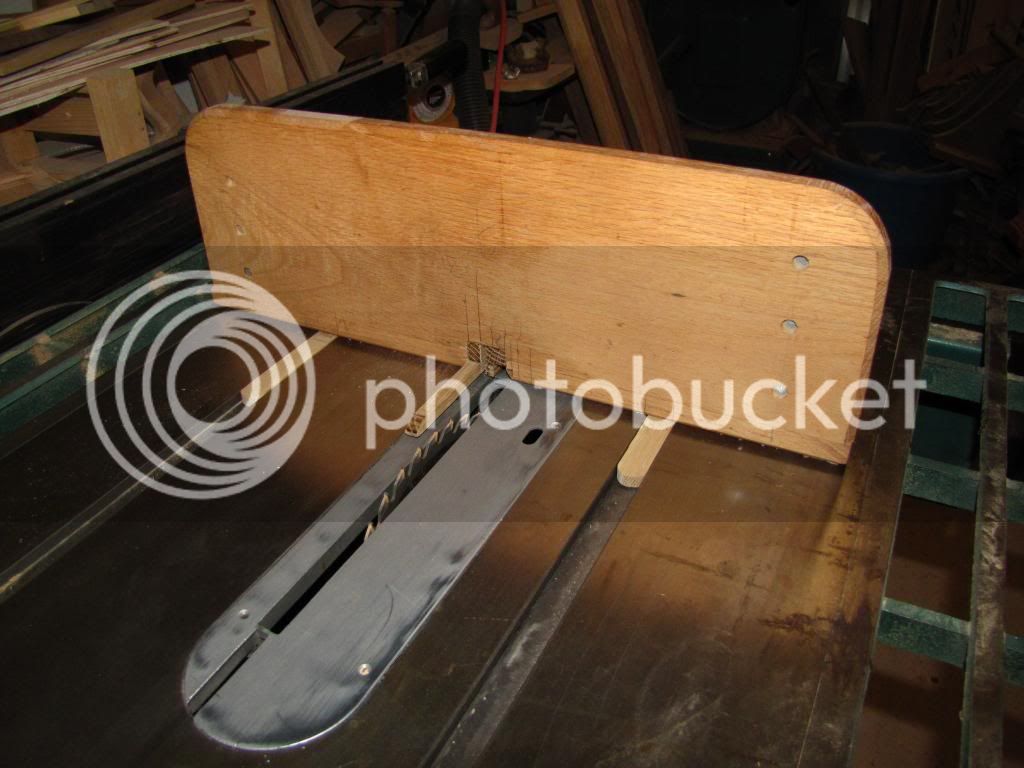OK, so I want to make some wooden boxes for various purposes that will fit in with the 19th century: camp boxes, ammo boxes, range boxes etc.
My internal dialogue goes like this:
Auctor: "I want to make boxes with authentic 19th-century joints."
Lector: "Well, you'll have to use finger joints or dovetails."
Auctor: "NOT THAT AUTHENTIC."
I tend to be a butt-joint man owing entirely to lack of skill and patience. Rabbet joints might be within my grasp with the right tools, but finger joints -- or dovetails? Never. And yet the finger joint in particular seems to have been a nearly universal joint for box and crate construction in times past. Did the builders have access to and use jigs to make these joints, or were they just so bloody good at their work that they could do them freehand?
I realize that for large quantities of like boxes, as might be ordered for a War Department contract, said boxes would have likely been produced in a relatively sophisticated factory shop running saws, lathes and other powered tools off a series of leather belts linked perhaps to steam or water power. But boxes and cassettes (and even coffins) to order must have been bread and butter work for individual carpenters who lacked access to power.
Who can shed light for a pilgrim?
My internal dialogue goes like this:
Auctor: "I want to make boxes with authentic 19th-century joints."
Lector: "Well, you'll have to use finger joints or dovetails."
Auctor: "NOT THAT AUTHENTIC."
I tend to be a butt-joint man owing entirely to lack of skill and patience. Rabbet joints might be within my grasp with the right tools, but finger joints -- or dovetails? Never. And yet the finger joint in particular seems to have been a nearly universal joint for box and crate construction in times past. Did the builders have access to and use jigs to make these joints, or were they just so bloody good at their work that they could do them freehand?
I realize that for large quantities of like boxes, as might be ordered for a War Department contract, said boxes would have likely been produced in a relatively sophisticated factory shop running saws, lathes and other powered tools off a series of leather belts linked perhaps to steam or water power. But boxes and cassettes (and even coffins) to order must have been bread and butter work for individual carpenters who lacked access to power.
Who can shed light for a pilgrim?









